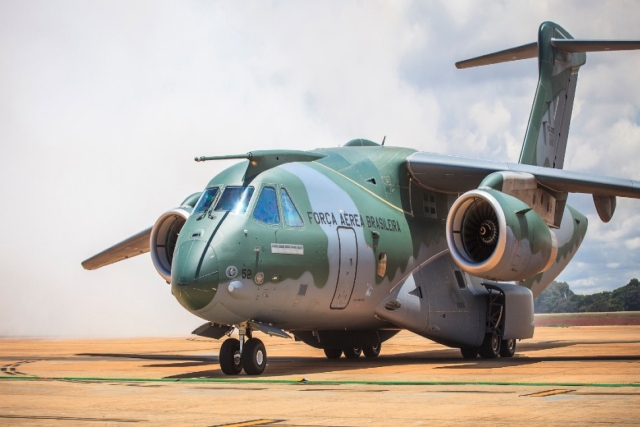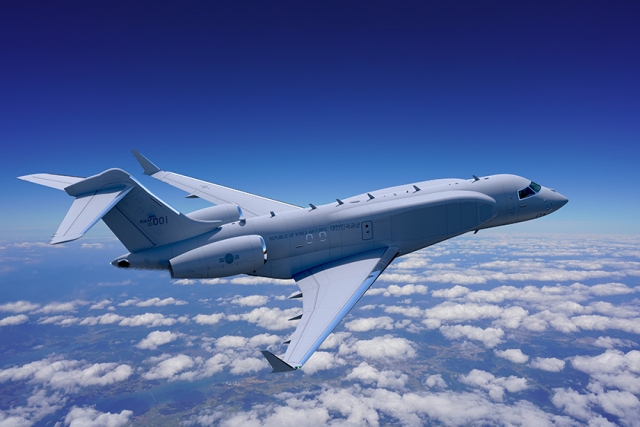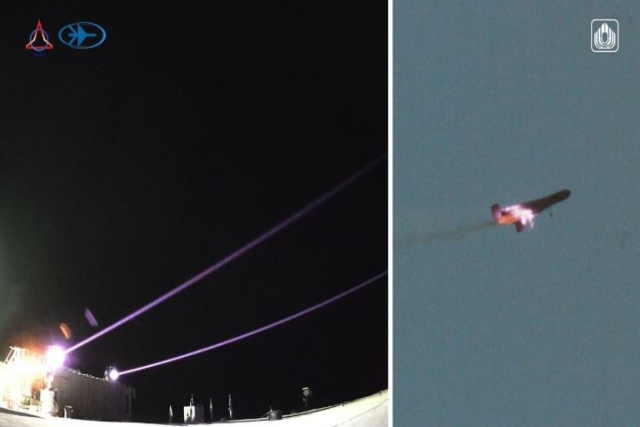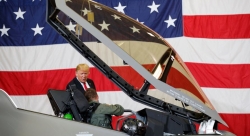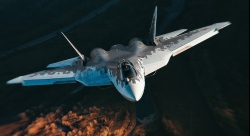Kirtland Officials Accelerate Space-Based Program Testing
KIRTLAND AIR FORCE BASE, N.M. --- Air Force Operational Test and Evaluation Center officials here successfully tested the Space-Based Infrared System Highly Elliptical Orbit payload and operations center and accelerated operational acceptance by six weeks.>> SBIRS is a consolidated system intended to meet United States infrared space surveillance needs through the first two to three decades of the 21st century.>> The SBIRS program addresses critical warfighter needs in the areas of missile warning, missile defense battlespace awareness, and technical intelligence.>> "During a recent operational utility evaluation, the key enabler to this unprecedented success for our SBIRS test team was AFOTEC's Space Test Initiative, which leveraged both integrated developmental and operational testing coupled with agile reporting," said Col. Regis Baldauff, the AFOTEC Det. 4 commander.>> "We've been applying a Ford testing (aircraft) model to a Toyota (space) production model and it just doesn't fit," said Maj. Gen. Stephen T. Sargeant, the AFOTEC commander in a July Space Summit at Kirtland Air Force Base. "We need to find a better way to conduct space operational test and evaluation in order to provide better decision quality data to the space acquisition and operational decision-makers. We are rapidly moving away from a process that looks like 'stan eval' after launch or fielding, to early and continuous involvement throughout the development and fielding of a new space capability.">> During test execution, AFOTEC officials accelerated the Highly Elliptical Orbit schedule by leveraging Lockheed Martin planned developmental testing to meet operational testing objectives. AFOTEC officials also leveraged system trial period operations to further execute and report operational test requirements. Overall, these efforts enabled Highly Elliptical Orbit data to the warfighter approximately six weeks earlier than originally planned. By using agile reporting, AFOTEC officials informed the Air Force Space Command Highly Elliptical Orbit operational acceptance decision and enabled a U.S. Strategic Command system certification eight weeks early.

